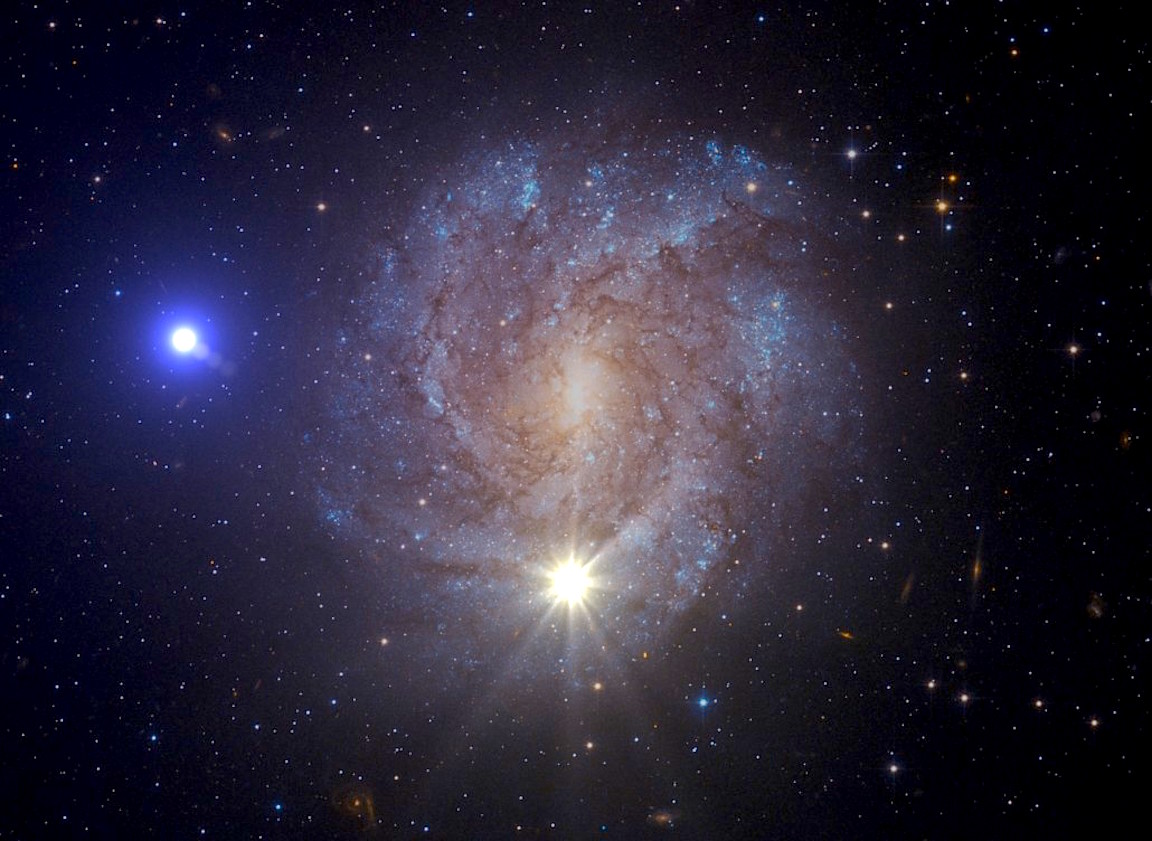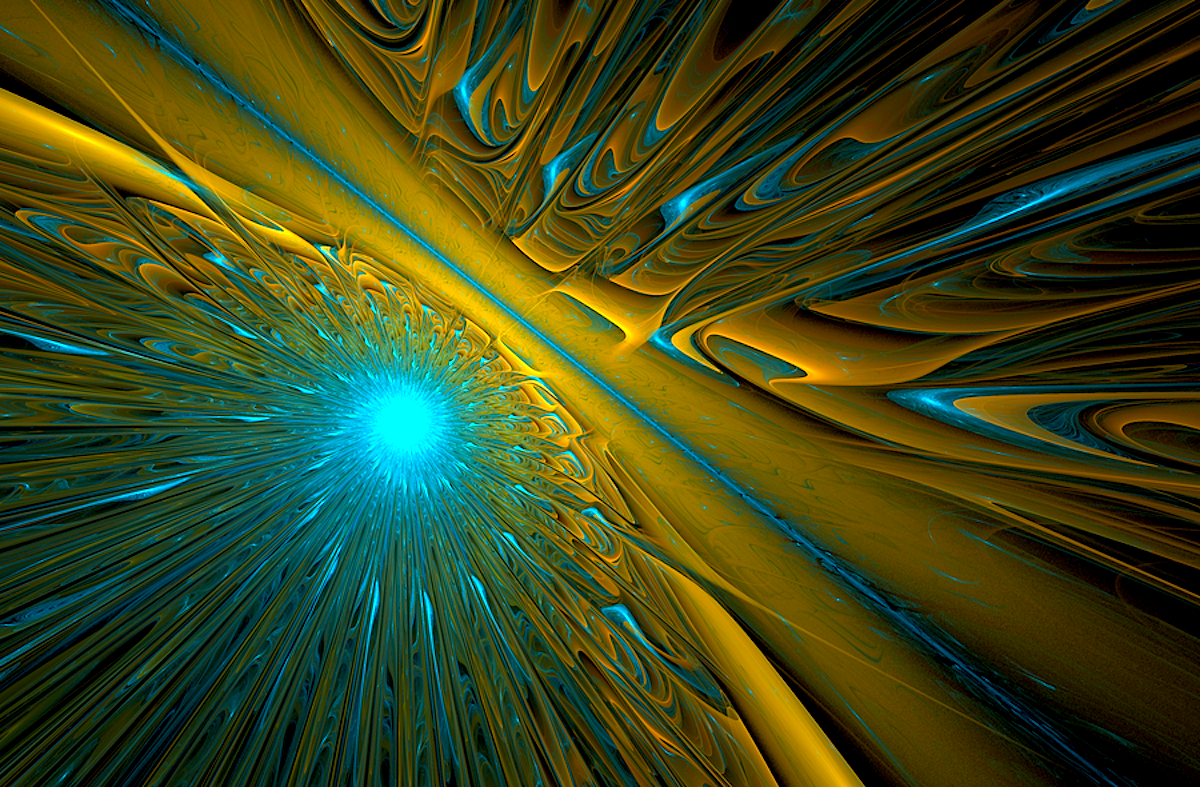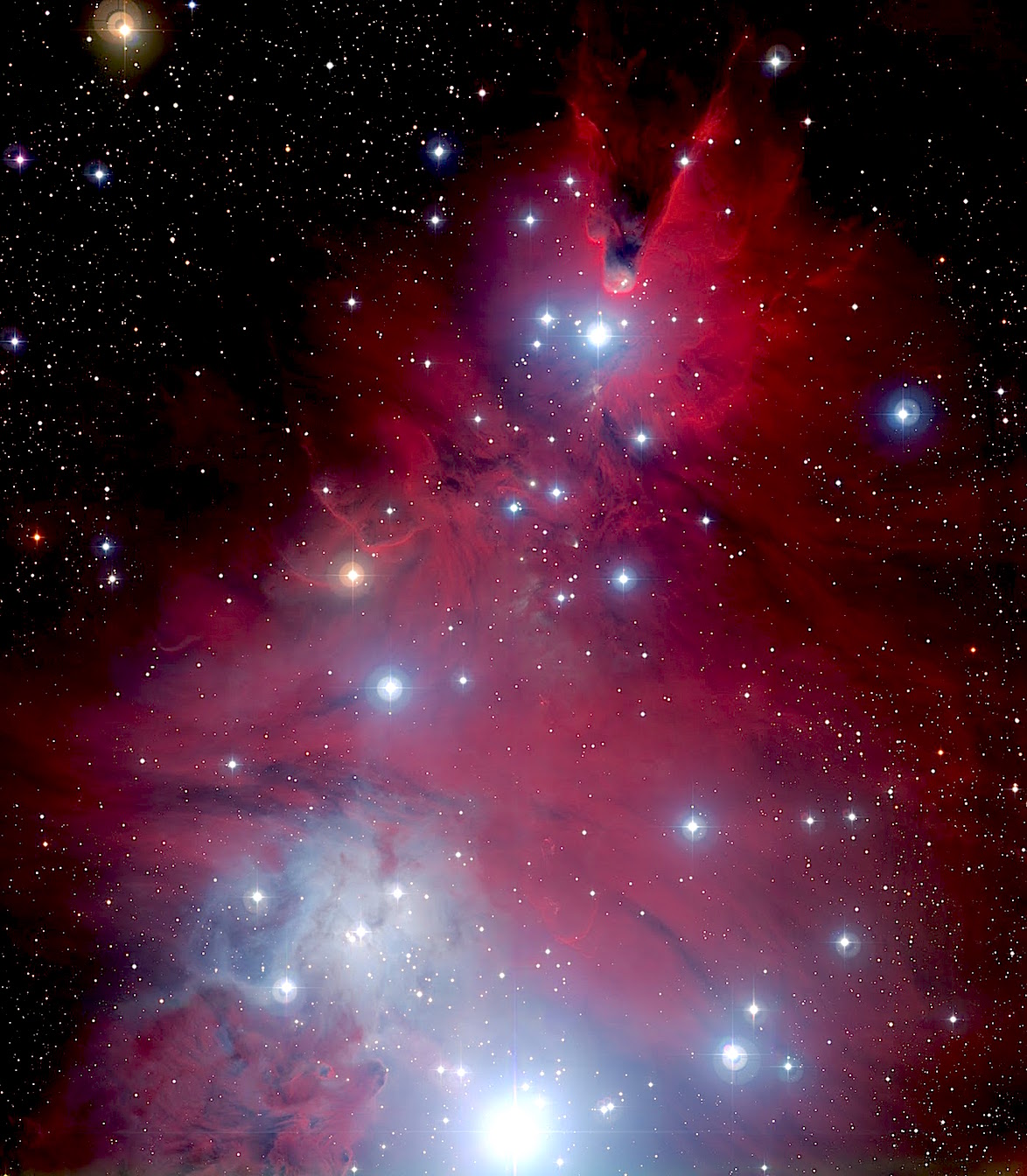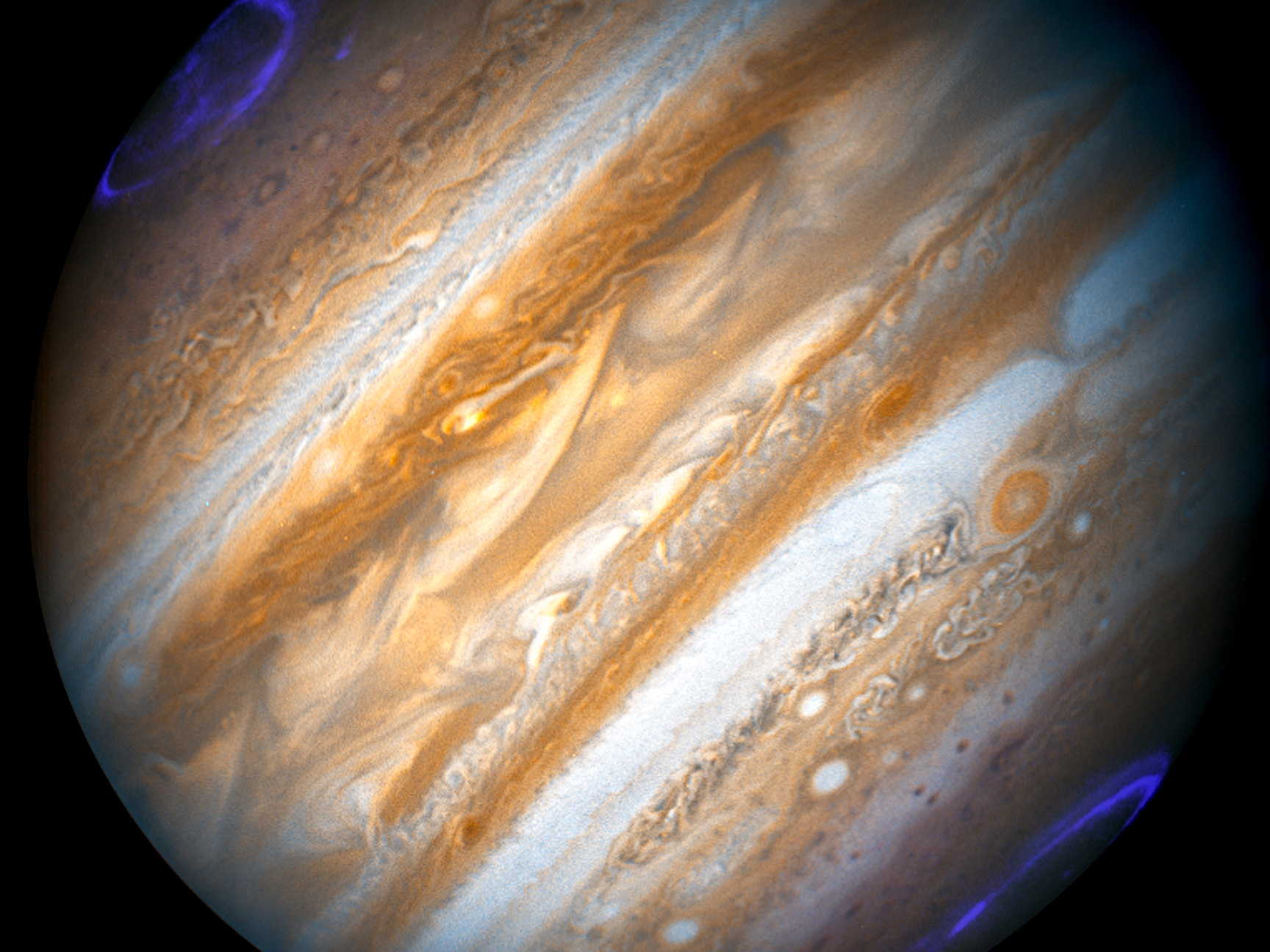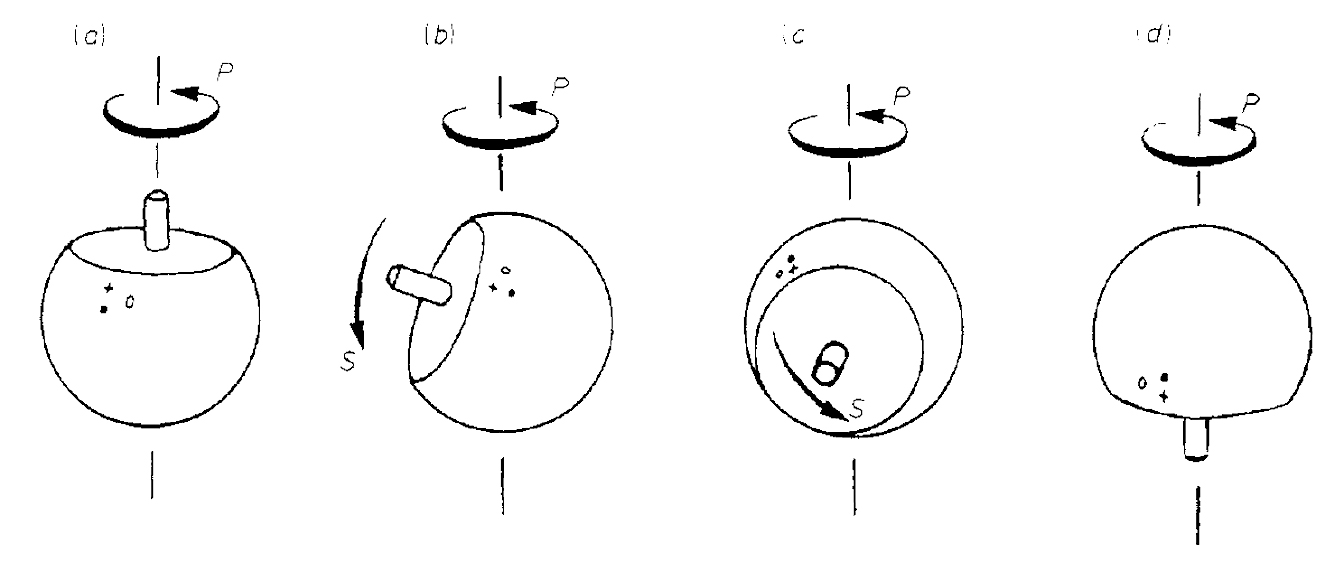Year: 2015
X-ray Eruption
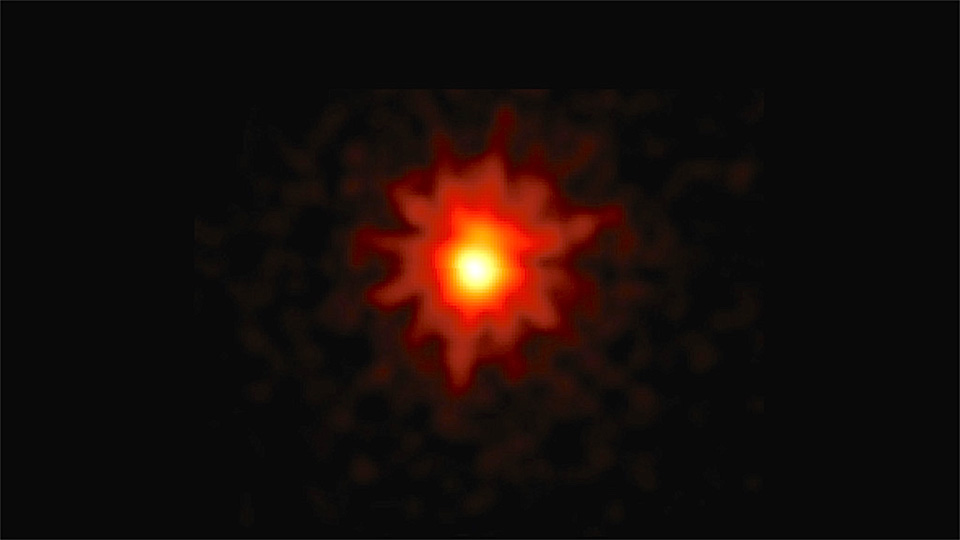
Jun 09, 2015 Stellar flares are seen in unexpected places. In a September 30, 2014 press release, NASA officials from the Goddard Space Flight Center announced that their SWIFT satellite detected a stellar flare with X-ray emissions larger than anything they expected to witness from DG Canum Venaticorum, a “normal”…
Our Electrically Scarred Moon | Space News

Half-a-century ago, at the height of the Cold War, the Space Race between two competing superpowers set mankind on an accelerated path toward placing a man on the moon. In addition to its geopolitical significance, the moon was central in the evolution of planetary science. The discoveries of the Apollo…
Astronomy in Collision
Electric Baubles in the Night
Light Storms
Enigmatic Colossus
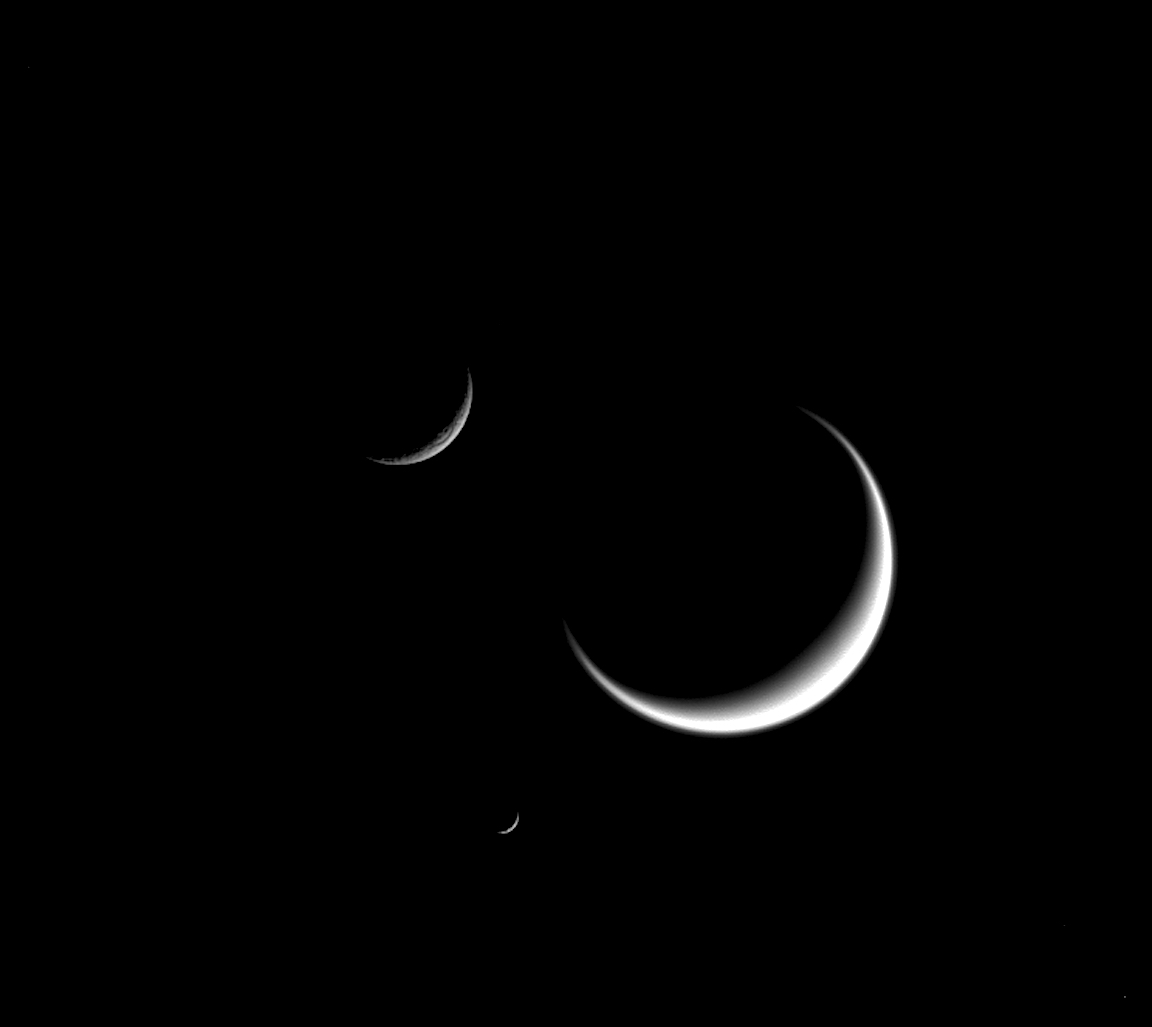
Jul 3, 2015 Titan’s characteristics support Electric Universe ideas about planet formation. Titan is the second largest moon in the Solar System, with a mean diameter of 5150 kilometers. Only Ganymede is larger, at 5262 kilometers. The planet Mercury is smaller than Titan (4879 kilometers), as is the Moon…
Global Warming in the Ice Age
Color Guard

Jul 1, 2015 Saturn’s moons sport colorful bands. Mars is a faint yellowish-red color when seen with the naked eye, and its rusty surface hue is visible through the lenses of robotic rovers traveling across its landscape. Iapetus, one of Saturn’s moons, has a reddish-black deposit covering one hemisphere….





